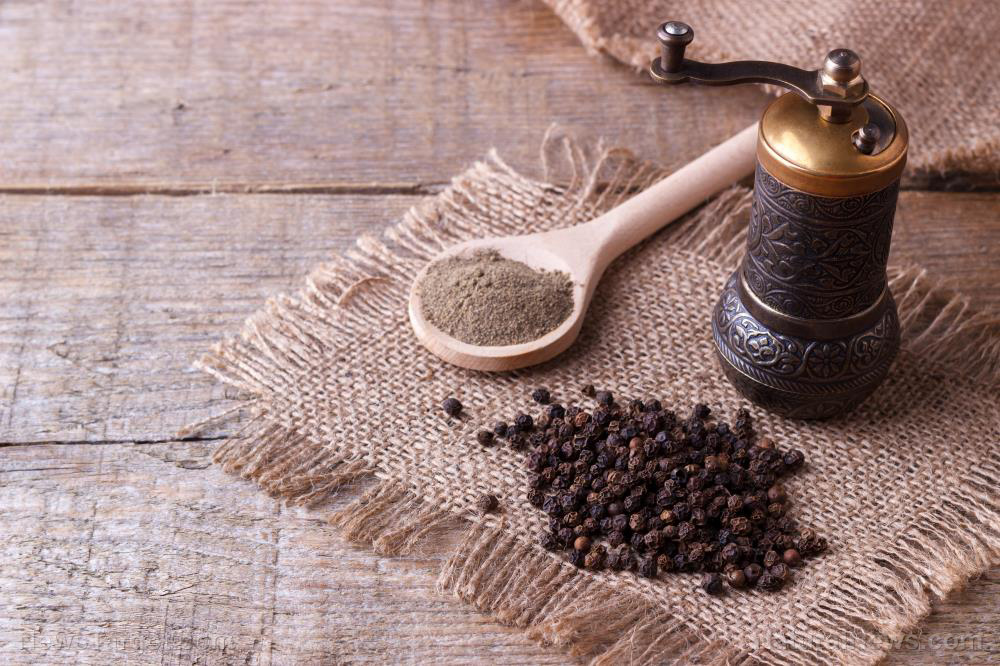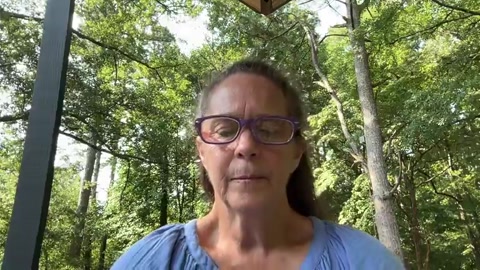Essential spices and herbs for your food stockpile
https://www.naturalnews.com/2024-03-28-essential-spices-and-herbs-food-stockpile-prepping.html

The typical survival food stockpile has versatile ingredients like beans, pasta, rolled oats, wheat and more. If you want to cook flavorful meals even in a post-STHF world, you should stock up on different herbs and spices like black pepper, cumin, garlic and turmeric. Combining these nutritious ingredients ensures that your meals provide you with […]
www.naturalnews.com








